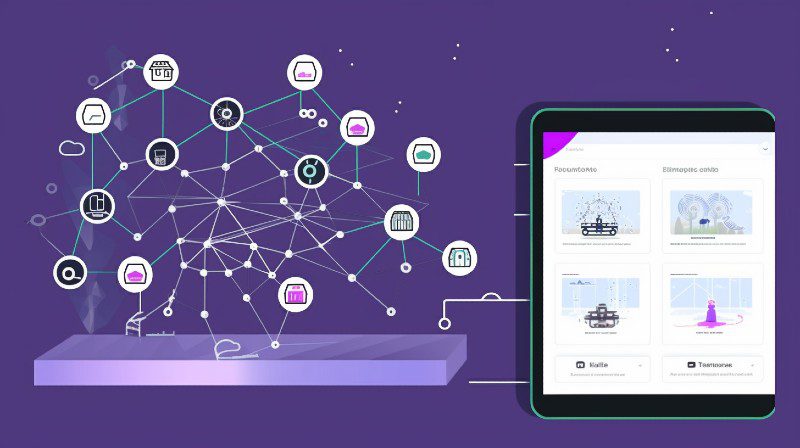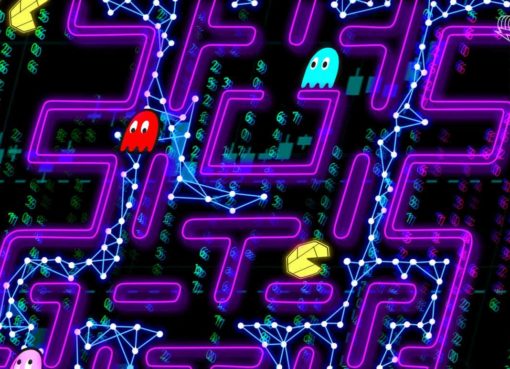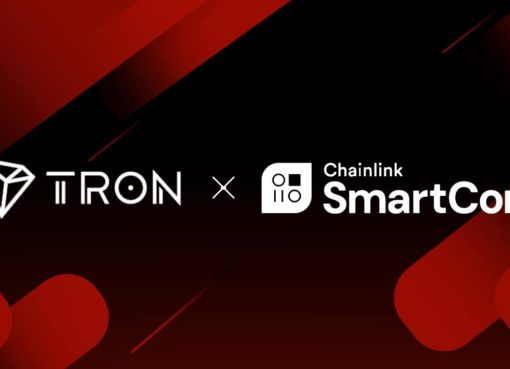Web 3.0, colloquially referred to as the “Semantic Web,” signifies a transformative evolution in the way we interact with and leverage the internet. The emergence of Web 3.0 comes with the promise of enhanced interconnectivity, user empowerment, and distributed architecture, making it a compelling development for experts in various fields, including technology, economics, and law.
Decentralization and Distributed Architecture:
One of the most distinguishing features of Web 3.0 is its focus on decentralization. As opposed to Web 2.0’s centralized platforms and services, Web 3.0 aims to distribute control across a network of nodes, powered by blockchain technology and cryptographic protocols. This approach not only democratizes data ownership but also promotes resilience against malicious attacks and single points of failure.
Smart Contracts and Economic Revolution:
Web 3.0’s decentralized structure is further enhanced by the implementation of smart contracts. These self-executing, programmable agreements facilitate secure and trustless transactions without the need for intermediaries. This innovation has already catalyzed the rise of decentralized finance (DeFi) and non-fungible tokens (NFTs), with significant implications for industries ranging from finance to creative arts.
Semantic Interoperability:
Semantic interoperability is another cornerstone of Web 3.0. It involves the development of standardized ontologies and metadata to facilitate meaningful data exchange between heterogeneous systems. By enabling machines to understand the context and relationships between different data points, the Semantic Web seeks to provide users with more accurate, personalized, and contextually relevant information.
Natural Language Processing and Artificial Intelligence:
The integration of natural language processing (NLP) and artificial intelligence (AI) is central to the realization of Web 3.0’s potential. These technologies empower machines to comprehend, interpret, and generate human-like language. As a result, users will benefit from more sophisticated and intuitive interactions with web services, fostering a seamless experience that transcends linguistic and cultural barriers.
Privacy and Security:
With the increasing concerns surrounding data privacy, Web 3.0’s decentralized architecture addresses these issues head-on by empowering users with greater control over their personal information. Privacy-preserving technologies, such as zero-knowledge proofs and homomorphic encryption, enable secure data sharing and processing without compromising user privacy. Furthermore, the decentralized nature of Web 3.0 helps prevent data monopolies and mitigate the risks associated with centralized data breaches.
Challenges and Future Perspectives:
Despite its promising features, Web 3.0 is not without challenges. The widespread adoption of new standards, technologies, and protocols requires significant investment in infrastructure and human resources. Additionally, addressing the digital divide and fostering equitable
access to Web 3.0 resources remains a pressing concern, as underprivileged populations may be further marginalized by the rapid technological advancements.
Moreover, the legal and regulatory landscape must evolve to accommodate the novel characteristics of decentralized systems. This includes addressing issues such as intellectual property rights, taxation, and digital identity management in a way that balances innovation with consumer protection.
Finally, energy consumption and environmental sustainability remain critical concerns, particularly in the context of blockchain-based systems. The adoption of alternative consensus mechanisms, such as proof-of-stake, and innovations in energy-efficient technologies will be vital in mitigating the environmental impact of Web 3.0 infrastructure.
Conclusion:
Web 3.0 represents a paradigm shift towards a more decentralized, semantic, and intelligent internet. It has the potential to revolutionize industries, democratize data ownership, and foster a more interconnected global community. However, the realization of Web 3.0’s full potential requires overcoming numerous challenges, including infrastructure development, equitable access, regulatory adaptation, and environmental sustainability.
As experts in various fields continue to engage in collaborative efforts to address these challenges, the future of the internet appears poised for a transformative leap forward. Embracing the opportunities and addressing the challenges of Web 3.0 will ultimately determine the trajectory of digital society, shaping the way we communicate, transact, and interact in the coming decades.




